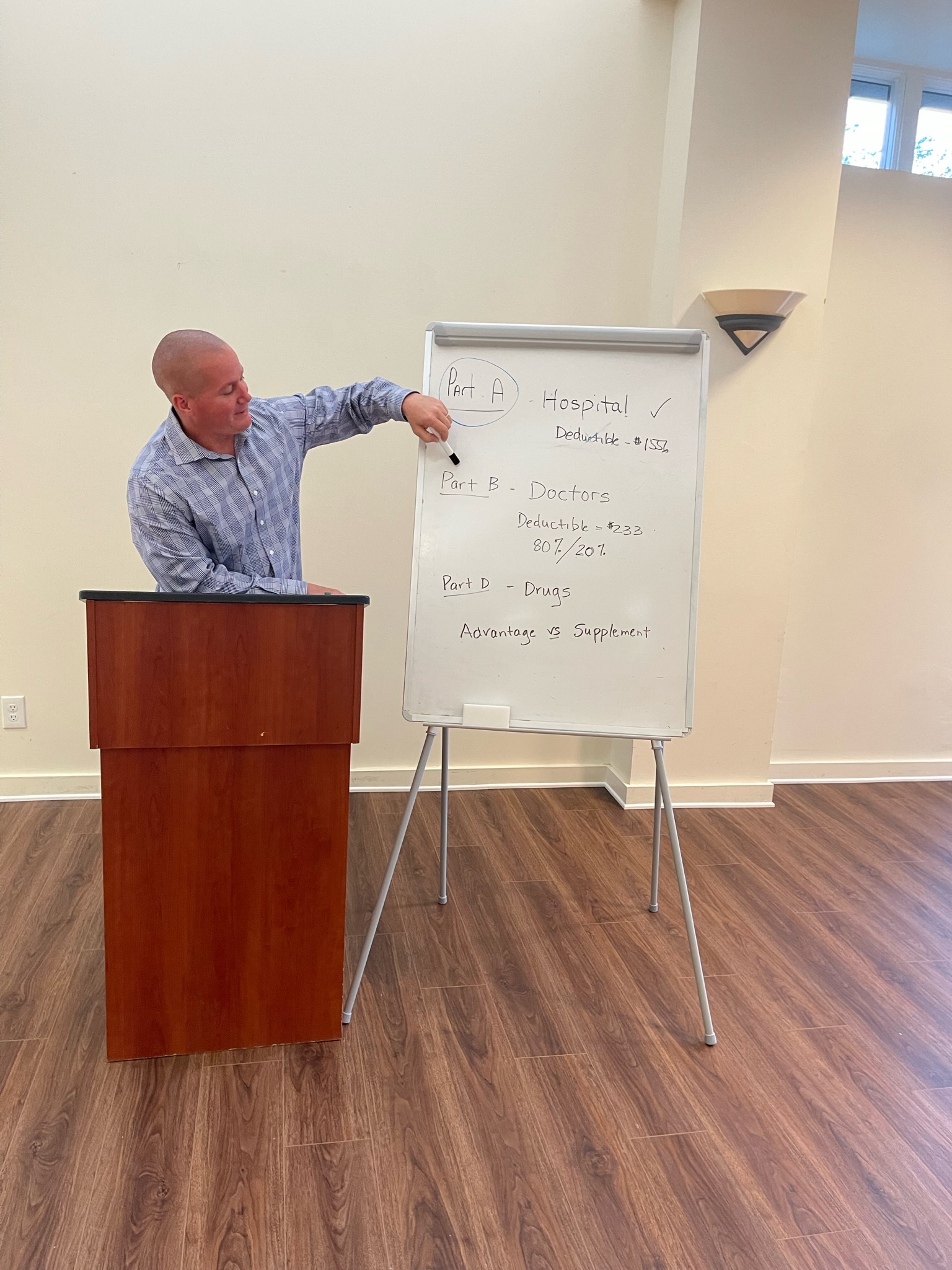6 Easy Facts About Medicare Advantage Agent Shown
Table of ContentsFascination About Medicare Advantage AgentFascination About Medicare Advantage AgentMedicare Advantage Agent - The Facts


follows from confusing the relatively young age profile of the uninsured with without insurance better healthFar better on average, standard younger persons. For those without accessibility to office health insurance coverage, inadequate health and wellness is a possible barrier to purchasing nongroup insurance coverage because such insurance coverage may be very priced, omit preexisting problems, or be simply unavailable. Unless otherwise noted, nationwide estimates of people without health and wellness insurance and percentages of the populace with different kinds of protection are based on the CPS, the most extensively made use of resource of price quotes of insurance coverage and uninsurance rates.

Not known Details About Medicare Advantage Agent
Over a three-year duration starting early in 1993, 72 million people, 29 percent of the U.S. population, lacked protection for a minimum of one month. Within a single year(1994), 53 million people experienced a minimum of a month without protection(Bennefield, 1998a). Six out of every ten without insurance grownups are themselves employed. Working does boost the possibility that one and one's family members will certainly have insurance coverage, it is not a guarantee. Even members of families with two permanent wage income earners have virtually a one-in-ten possibility of being uninsured (9.1 percent uninsured rate)(Hoffman and Pohl, 2000 ). The partnership in between health and wellness insurance and access to care is well established, as documented later in this phase. The relationship between health and wellness insurance policy and wellness results is neither direct nor straightforward, a considerable scientific and wellness services study literary works links wellness insurance coverage
to improved better to care, better qualityTop quality and improved personal individual population populace health and wellness. The second record, on individual health outcomes for uninsured grownups, is represented by the inner circle of the figure, while the 3rd report, on household wellness, encompasses the subjects of the 2nd report but emphasizes a different unit of analysis, particularly, the family. The sixth record in the series will certainly offer information concerning techniques and efforts undertaken in your area, statewide, or across the country to resolve the lack of insurance and its damaging effects. Levels of analysis for taking a look at the results of uninsurance. This discussion of medical insurance protection focuses mainly on the united state population under age 65 since basically all Americans 65 and older have Medicare or various other public coverage.
Additionally, it focuses particularly on those with no wellness insurance policy for any length of time. The troubles dealt with by the underinsured remain in some areas similar to those dealt with by the without insurance, although they are generally much less serious. Uninsurance and underinsurance, however, include definitely different plan problems, and the strategies for resolving them may differ. Throughout this research study and the 5 records to follow, the main focus is on persons with no medical insurance and therefore no help in spending for healthcare past what is readily available via charity and safeguard organizations. Medical insurance is a powerful aspect impacting receipt of treatment because both patients and medical professionals react to the out-of-pocket price of services. Medical insurance, nevertheless, is neither needed nor adequate to access to clinical solutions. The independent and direct result of health and wellness
insurance coverage on access to health wellness is well establishedDeveloped Others will certainly get the healthcare they need even without medical insurance, by spending for it out of pocket or seeking it from providers that supply care free or at highly subsidized rates. For still others, medical insurance alone does not make sure invoice of treatment since of various other nonfinancial barriers, such as a lack of healthcare suppliers in their community, limited access to transportation, illiteracy, or etymological and social differences. Official research regarding without insurance populations in the United States dates to the late 1920s and very early 1930s when the Board on the Cost of Healthcare produced a series of reports regarding funding physician office brows through and hospitalizations. This problem came to be salient as the numbers of clinically indigent climbed up throughout the Great Depression. Empirical research studies constantly sustain the link between access to care and enhanced health and wellness end results(Bindman et al., 1995; Starfield, 1995 ). Having a regular source of care can be considered a predictor of gain access to, instead than a direct action of it, when wellness end results are themselves used as access signs. This extension of the concept of gain access to dimension was made by the IOM Board on Monitoring Access to Personal Healthcare Services(Millman, 1993, p. Whether or not parents are insured appears to affect whether or not their youngsters obtain treatment along with just how much careeven if the youngsters themselves have insurance coverage(Hanson, 1998). useful content The wellness of parents can impact their ability to care for their children and the level of family members stress. Fretting about their youngsters's accessibility to care is itself a source of tension for parents. 3 phases comply with in this report. Chapter 2 gives a review of exactly how employment-based health and wellness insurance coverage, public programs and individual insurance policy plans operate and interact to provide extensive yet insufficient coverage of the U.S. population. This includes a review of historic trends and public laws influencing both public and exclusive insurance, a conversation of the communications among the different kinds of insurance policy, and an evaluation of why individuals move from one program to an additional or wind up
